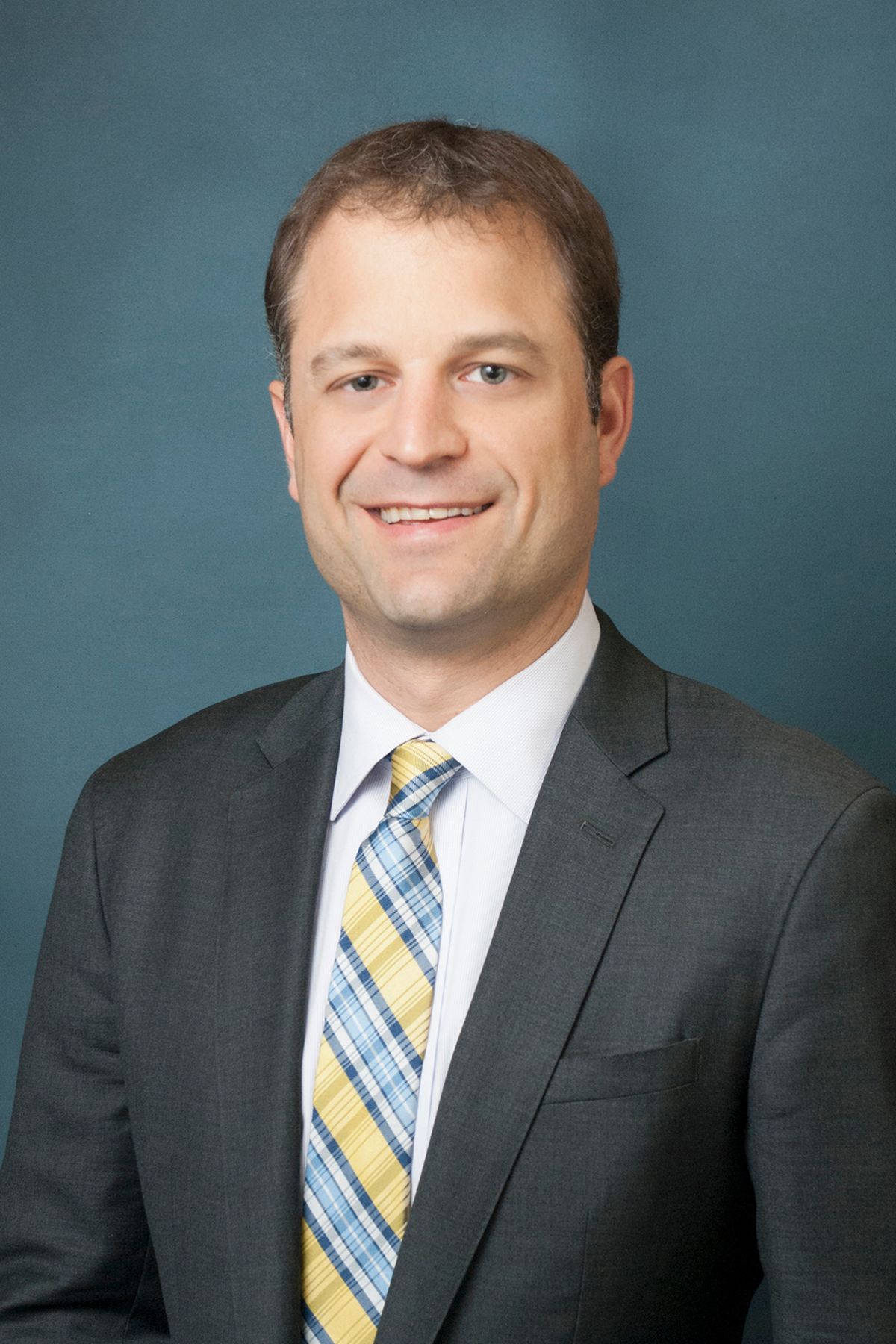Three ways hospitals can prepare for CMS’ CCJR model
CMS’ Comprehensive Care for Joint Replacement model will hold hospitals financially responsible for the quality and cost of hip and knee replacements.
April 1 marked the start of the CMS Comprehensive Care for Joint Replacement (CCJR) model, which the government agency hopes will support better and more efficient care for its beneficiaries undergoing hip and knee replacement surgeries, the most common surgeries among Medicare patients.

McNerneyAccording to CMS, the rate of complications such as infections or implant failures can be more than three times as high at some facilities than at others-and that leads to hospital readmissions.
In 2014, there were more than 400,000 hip and knee replacement procedures, which cost $7 billion in hospitalizations alone. The cost to the government agency was an average of $16,500 to $33,000 for surgery, hospitalization, and recovery across geographic areas in this time period.
With the CCJR model, participating hospitals are held financially responsible for the quality and cost of the surgical procedure, which starts when the patient is admitted and ends 90 days after their discharge from the hospital.
Prep tip 1: Focus on post-acute recovery decision-making
The biggest opportunity for hospitals and health systems involved in the CCJR model is in the post-acute recovery space, says Andrew McNerney, consulting manager with GE Healthcare Camden Group.
In situations where providers have a financial stake in a home health provider, they may be able to play a direct role in changing the cost and quality of care, he says. While many providers will choose a select few home health providers based on care quality, still another option is keeping a patient an extra day in the hospital-that is, if the provider is unsure of the quality of care delivered at a particular post-acute care facility.
“It could just come down to providers doing the math and figuring out what the last day in the hospital really costs-it certainly doesn’t cost as much as the first day, but it’s the math that providers are interested in doing. If they hold on to the patient, they will have control over the cost and quality of their care,” he says.
Next: Prep tip 2
Prep tip 2: Emphasize patient education
The reality is post-surgical complications happen, and providers need to be prepared, says Catherine MacLean, MD, chief value medical officer at Hospital for Special Surgery in New York, which does 1% of all hip and knee replacements in the United States. That’s why providers need to need to focus on patient education well before the day of surgery.

MacLeanMacLean recommends bringing in patients for a full day of education and tests that includes labs, x-rays, and a discussion of patients’ expectations and goals related to the surgery.
For example, it’s really important to get total joint replacement patients up and walking as soon after their procedures as possible. “The sooner you get can them up safely, the better. And the best time to educate patients about those expectations is before the day of surgery,” she says.
Prep tip 3: Step up physician engagement
McNerney is working with a major health system in New York that’s in the midst of changing how it performs total knee and hip surgeries. Engaging and collaborating with the orthopedic surgeons who perform these surgeries is what’s making all the difference, he says.
Rather than having administration tell orthopedic surgeons how to change the way they perform surgery, all of the health system’s orthopedic surgeons have been actively engaged in looking at the research and best practice for these procedures and they’re contributing their voices to changing how these procedures are performed, he says.
“Success requires a strong orthopedic leader. That’s because, inevitably, [one of the orthopedic surgeons] storms off angry, because each of these surgeons has historically had their own way of performing surgery and generally chose skilled nursing facilities or home health providers based on personal relationships-rather than based on quality and cost,” says McNerney.
Extending the Capabilities of the EHR Through Automation
August 2nd 2023Welcome back to another episode of "Tuning In to the C-Suite," where Briana Contreras, an editor of Managed Healthcare Executive, had the pleasure of chatting with Cindy Gaines, chief clinical transformation officer at Lumeon.
Listen